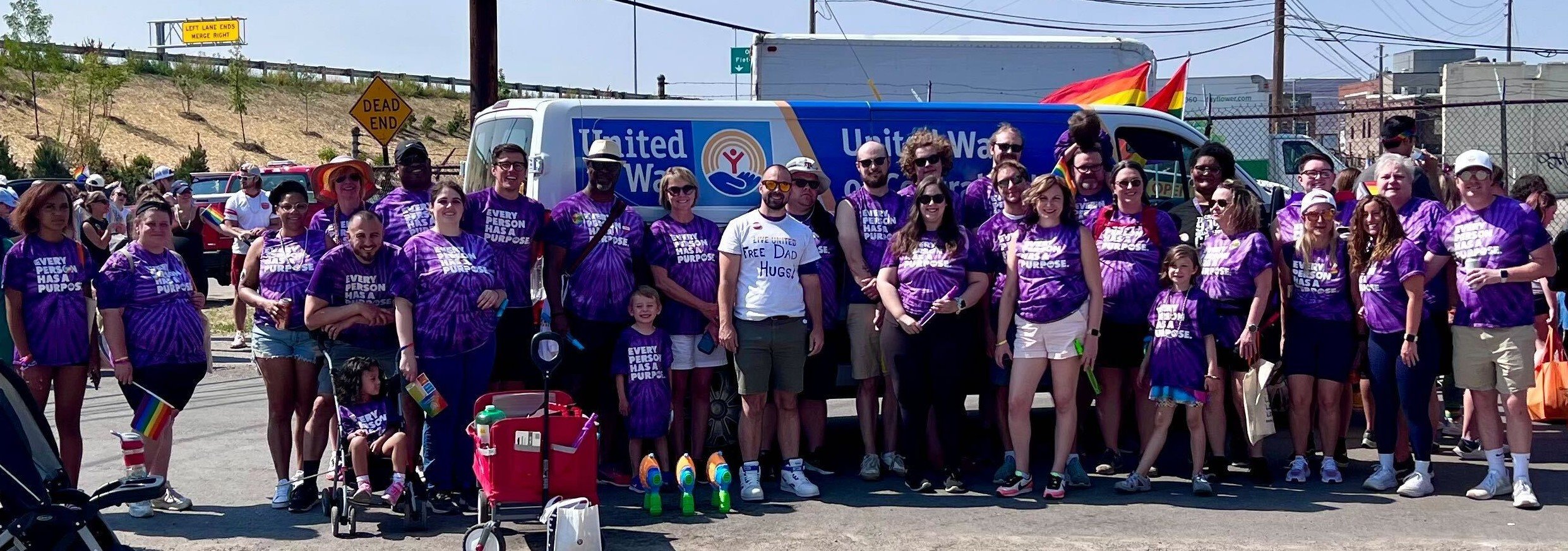1. What is Stonewall?
On June 28, 1969, police raided the Stonewall Inn, a gay club in New York City. Officers harassed and brutalized patrons – but at the time, raids like this were awfully common. In fact, the Stonewall Inn was raided that same week, a few days before June 28. Because of gender-restrictive laws, many clubs were operated by the mafia and didn’t own liquor licenses, making them a prime target for police.
During the raid, the police arrested 13 people, dragging them out of the club. Sick of the constant raids and brutality, club patrons retaliated against law enforcement. Protests and riots would continue for six days.
This period became known as the Stonewall Uprising – or just Stonewall. If you’re familiar with LGBTQ+ history, you may already know about Stonewall – but do you know why this altercation is still talked about over 50 years later?

2. Why is Stonewall important?
It’s a common myth that Stonewall marked the beginning of the LGBTQ+ movement, but there are over 70 years of LGBTQ+ history that precedes Stonewall.
However, Stonewall did set the stage for the first June Pride celebrations and parades across the country. On June 28, 1970, the first-ever Pride parade took place on the anniversary of Stonewall. It attracted between 3,000 and 5,000 attendees. Today, millions of participants join Pride celebrations. As Pride gains more popularity, it also becomes more commercialized, leading to rainbow-washed logos, merchandise and criticism from activists.
Important LGBTQ+ leaders came out of Stonewall as well. Figures like Marsha P. Johnson and Sylvia Rivera made great impacts on the trans movement. Together, they founded Street Transvestite Action Revolutionaries House (STAR), an organization that provided resources for homeless trans and gay youth.

3. Who Threw the First Brick at Stonewall?
The credit for throwing the first brick on June 28 is given to many people, usually important figures like Marsha P. Johnson and Stormé DeLarverie. However, no one can really agree on who did what. The brick is controversial too. Was it actually a brick – or was it a stone or a shot glass? Where did protestors find these bricks?
According to four different accounts, there was a woman apprehended by the police, resisting their abuse. She inspired onlookers to act and fight back, most likely sparking the beginning of the uprising.
Like a lot of history – especially in marginalized groups – stories become mythologies. Facts get distorted and exaggerated. To many, what actually happened is less important than what it means. Stonewall is about solidarity and resistance. Writer Morgan M. Page sums this up best in a 2019 “The Nation” article, commemorating the 50th anniversary of Stonewall.
“...we need the myth of Stonewall more than ever to teach us its fundamental message,” Morgan writes. “That it takes not one hand to throw a brick, but 10, 20, 100 hands working together across differences to ignite a movement.”
As we approach the end of June, let us not forget the bigotry and police brutality that gave rise to a movement – a movement of tolerance, acceptance, and love for all people.


